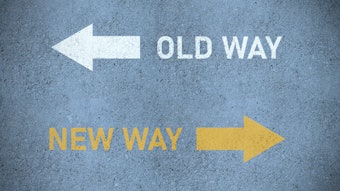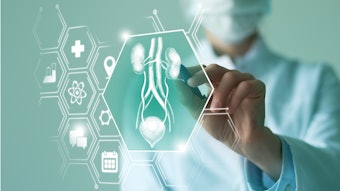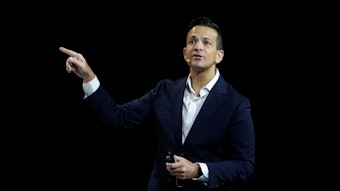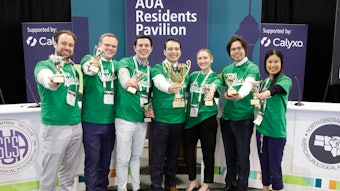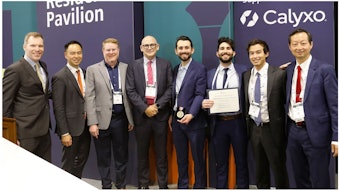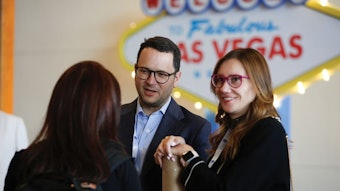What can AI do for you?
Sunday’s session explored AI’s time-saving advantages for automating clinical documentation and more.

It took 37 years for 50% of the U.S. population to adopt electricity after it was first introduced in 1888. In comparison, after ChatGPT, OpenAI’s chatbot, went public in 2022, it was adopted by 50% of the U.S. population in just 10 months—and there’s no stopping it.
“Around 75% of workers are using AI today, although many of them are closet ChatGPT users,” said Ivan Tarapov, senior director of AI Healthcare and Life Sciences for Microsoft Corporation. To a packed house, Tarapov kicked off Sunday’s session: “Practical AI for the Practicing Urologist,” with a discussion of AI fundamentals and how its infrastructure of cutting-edge, text-driven frontier large language models is being fine-tuned to support clinician information needs, which is no small task.
“We stand before an immense challenge and opportunity,” Tarapov said. “Health data is siloed across many organizations, over 99% of it isn’t text and existing large language models don’t perform well with non-text health data out of the box. [Plus] building multimodal medical models is resource-intensive, and existing models have limited use in research.”
Still, the future is bright. Giovanni E. Cacciamani, MSc, MD, FEBU, associate professor of research urology and radiology and director of Artificial Intelligence at USC Urology, presented a preview of the practical applications of generative AI (GAI) for urologists. GAI uses algorithms, particularly deep learning networks, to identify patterns and structures in data. He described the ways GAI can “bring back the joy of medicine,” to support physician in real-time by analyzing patient data, suggesting diagnoses, recommending evidence-based treatment options, streamlining workflows, improving knowledge by continuously synthesizing medical literature and patient data to provide clinicians and patients with the latest insights for informed decisions, and improving communication by generating clear, personalized health information to help patients understand their conditions and treatment options.
“GAI will not replace urologists. But those who use it will replace those who don’t,” he said.
Outlining the unmet needs AI can address, Jamal Nabhani, MD, a urologist at the Catherine & Joseph Aresty Department of Urology at the University of Southern California, Los Angeles, demonstrated the benefits of AI Physician Co-pilot, which he and his team built, that is a functionality upgrade to AI Scribes. AI Physician Co-pilot creates clinic notes before, during and after a patient consult, so physicians only have confirmatory conversations during the actual patient encounter.
“For physicians, AI Physician Co-pilot eliminates history taking, extraction from prior records, analyzing the data and typing,” Dr. Nabhani said. Automating these functions can save seven to 10 minutes per patient, which adds up to more quality time with patients, more revenue and less burnout. “As long as we get to work at the top of our license, we are happy people,” he said.
Mahul B. Amin, MD, clinical professor of pathology and lab medicine at the University of Tennessee Health Science Center, discussed the impact of AI in uro-oncology pathology, followed by Vinay Duddalwar, MD, professor of radiology, urology and biomedical engineering at Keck Medicine of USC, who wrapped up the session by highlighting the practical applications of AI for kidney cancer imaging. Overall, it pays to be receptive to how you might incorporate AI into your practice.
“Physicians must robustly explore the potential of AI,” Dr. Nabhani said.

